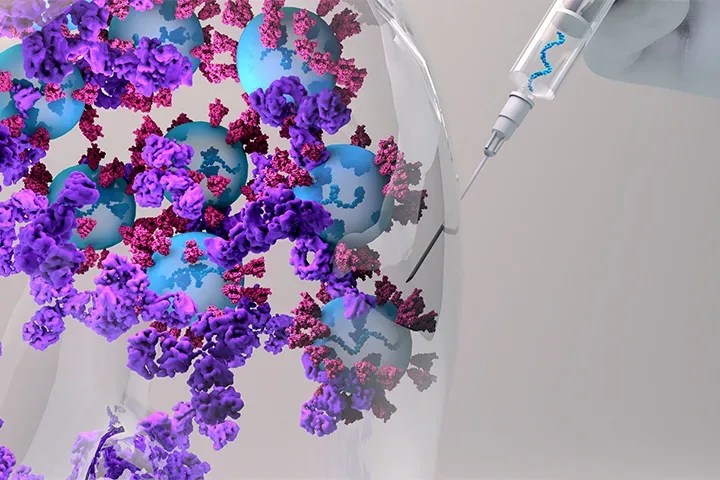What Everyone Needs to Know About How Vaccines Work

Vaccinations are a modern miracle, reducing the incidence of infectious diseases such as measles and eradicating others, including smallpox. While there is often some doubt about vaccines, such as the new ones for COVID-19, understanding how they work may help ease concerns and fears.
Here are a few facts worth sharing:
- The Pfizer and Moderna vaccines are both mRNA vaccines. Production of these kinds of vaccines is laboratory-based and they do not contain the COVID-19 virus. While mRNA vaccines have been studied for more than 10 years, it is fairly new technology but has already been used in cancer treatment.
- Because these types of vaccines are not made using infectious elements (i.e., the COVID virus), they are generally safer for patients and may have fewer side effects.
- These vaccines tell our cells to make a harmless substance that looks like the “spike protein” that is found on the surface of the COVID-19 virus. Once in our system, the body recognizes that the protein should not be there, and builds antibodies to fight it―which will be remembered, should the actual COVID-19 virus infiltrate the body in the future.
- Most current vaccines require two shots. The first shot starts building protection and then the second is needed a few weeks later to get the most protection.
- It typically takes a few weeks for the body to produce antibodies after vaccination. Therefore, it is possible that a person could be infected with the virus that causes COVID-19 just before or just after vaccination.
- mRNA vaccines are faster and cheaper to produce than traditional vaccines, and the way they are produced enables a quick response to outbreaks and epidemics.
Stopping a pandemic requires using all tools available. Vaccines work with a person’s immune system to fight the virus if exposed, but social distancing and face masks are critical in helping reduce the chance of being exposed and spreading to others.
Click here to read more.